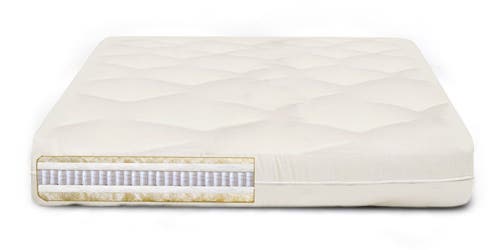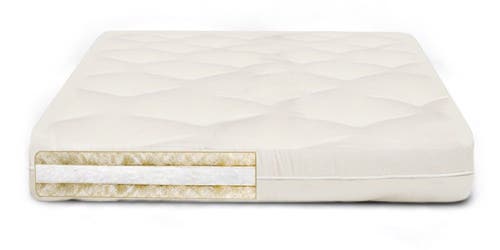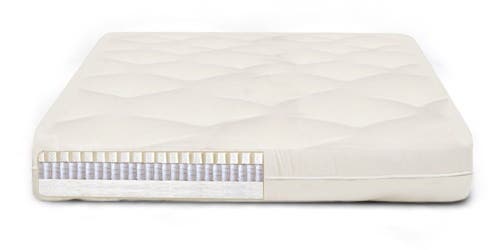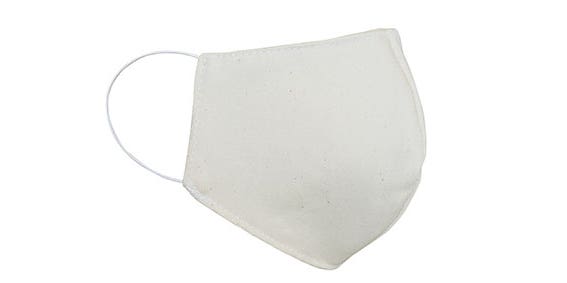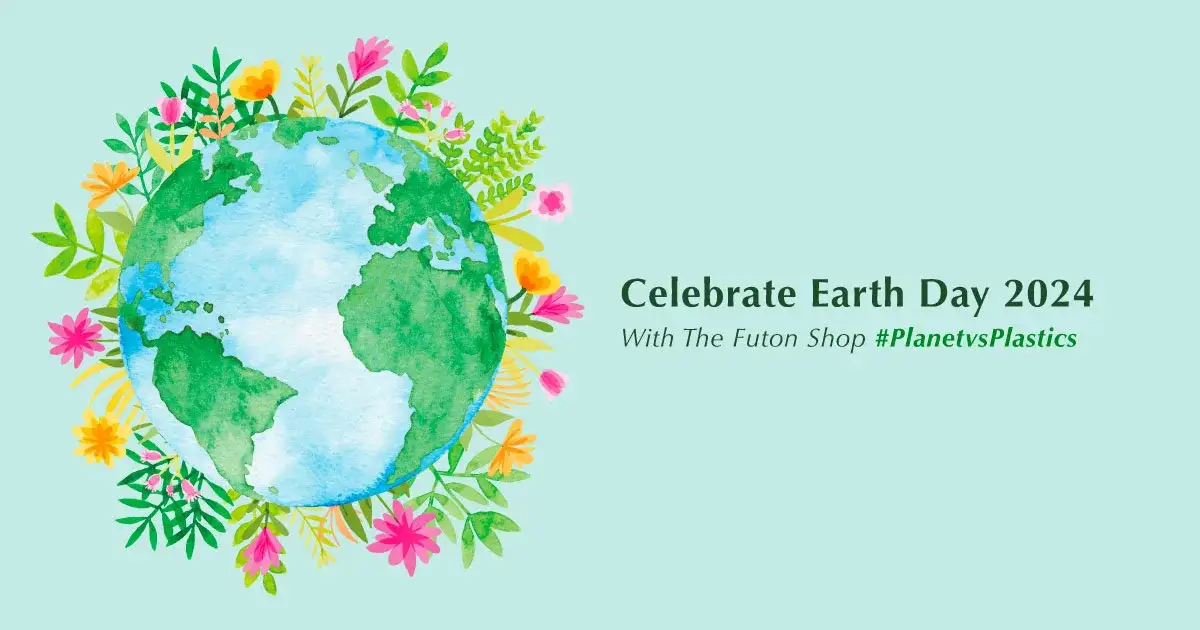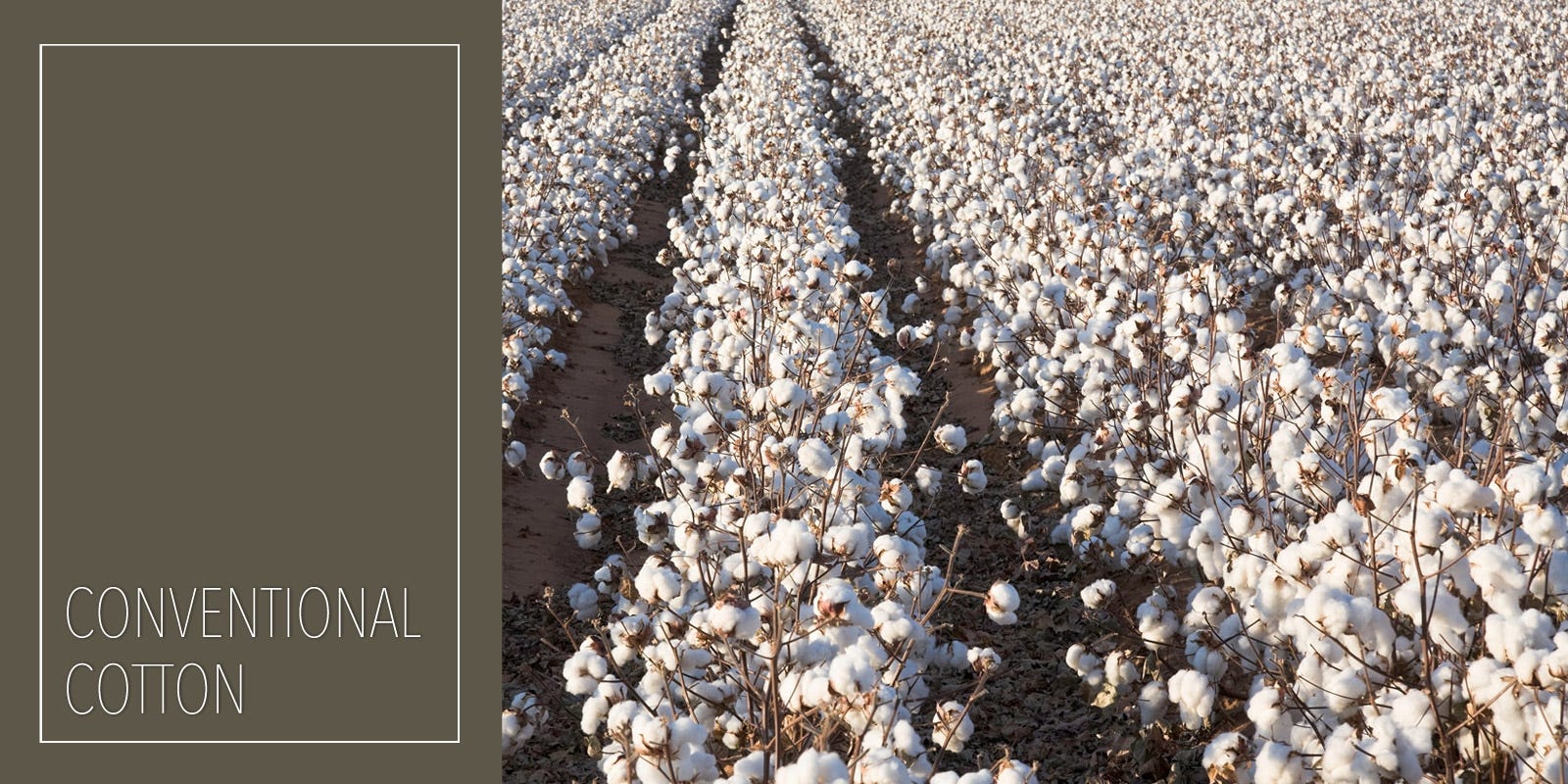
What is Conventionally Grown Cotton?
Conventional farming techniques for cotton have become increasingly more hazardous. 2.4% of the world’s crop land is planted with cotton, yet it accounts for 24% and 11% of the global sales of insecticide and pesticides respectively. This conventional cotton is found ubiquitously from everything from what we wear, what we eat (cottonseed oil), what we sleep on (cotton mattresses), to personal hygiene (cotton balls and feminine pads). Aldicarb is one of the most widely used chemicals cotton farmers use and just happens to be one of the most environmentally toxic. Aldicarb poisoning from agricultural water runoff has led to the destruction of healthy ecosystems and the irreversible poisoning of fertile agricultural land. Poisoning from this pesticide is also believed to be linked to high cancer rates in communities located around the Aral Sea.
EPA started limiting the main aldicarb pesticide, Temik 15G, in 2010, requiring an end to distribution by 2017. Although Aldicarb is being phased out, it was reformulated and a new pesticide called AGLOGIC 15G has taken its place.Aldicarb is acutely poisonous to animals and humans and is still used throughout the world to grow conventional cotton. Sixteen states reported Aldicarb residue in their ground water. This is a very scary thought as cottonseed oil is used by restaurants throughout the nation, and cotton seed is feed to beef and animals to bulk up calories. Ten pesticides used in the US to grow cotton are classified as moderate to highly toxic to humans and animals by the WHO World Health Organization.
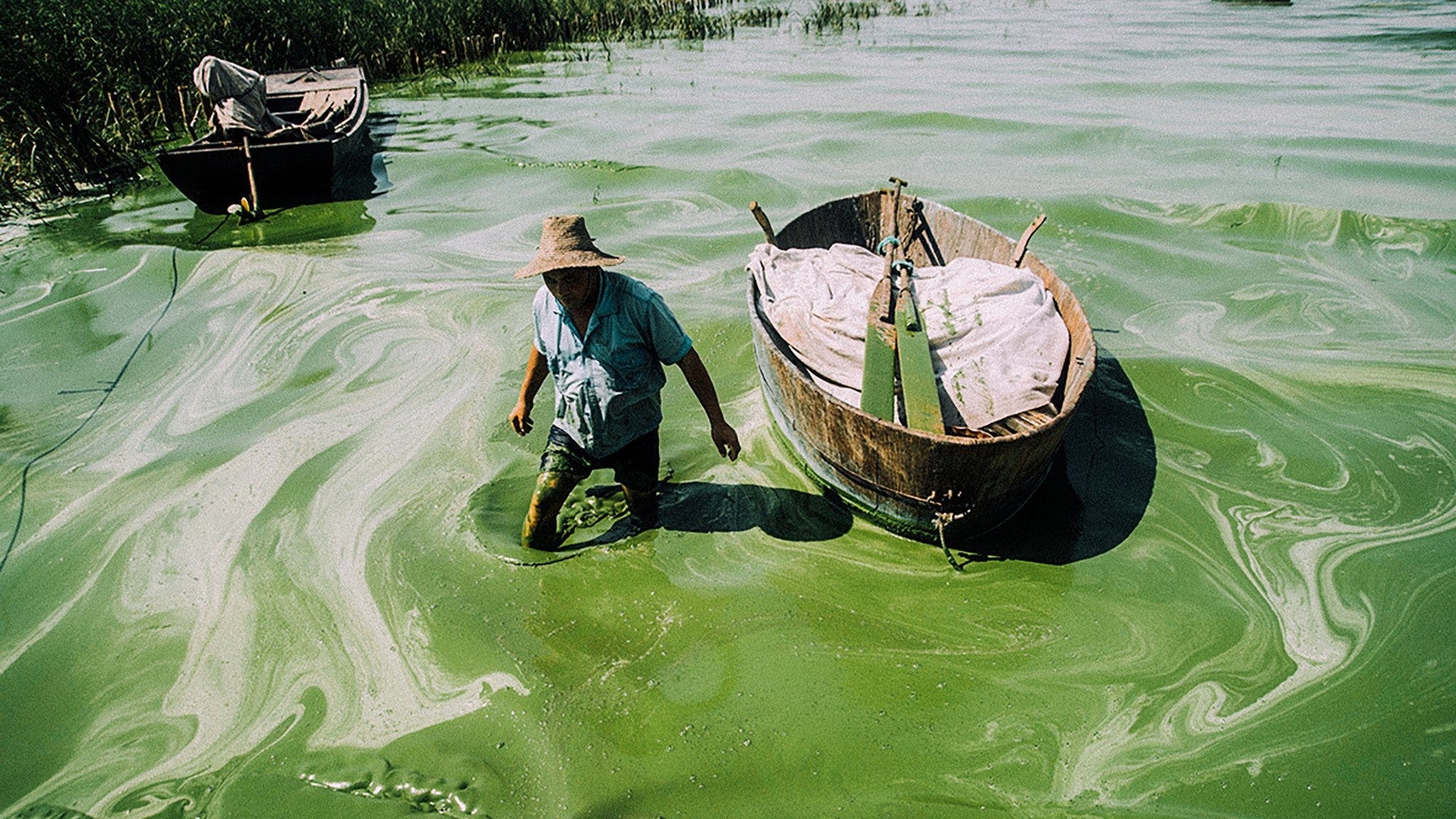
Almost all conventional cotton grown in the US is GMO or genetically engineered. 65% of conventional cotton processing is present in our food chain, oils, animal feed, cotton gin bi-products. When processing conventional cotton in a cotton gin you get: cottonseed (for oil and it is feed to cattle), linter ( feminine hygiene pads), Gin Trash (additive and fillers in process foods and soil compost mix). The cellulose from cotton processing (a type of plastic) is now found in cheese, cream, milk powders, ice cream, whey products, processed fruits, cooked veggies, precooked starches like pasta and potatoes, breakfast cereals, sweeteners, sports drinks and dietetic foods as a non-caloric filler. Plus, the waste from the processing of cotton goes directly into our water supply.
Convention cotton farming ruins the topsoil as it becomes depleted of organic matter, decreasing its ability to hold water. This decrease leads to erosion of the topsoil layer by wind and water. This leads to overall decline in soil productivity. Irrigation systems that deplete the surface and ground water disrupt the natural water cycle, creating a water scarcity in some areas while reducing water quality with the use of pesticides in other areas. Agriculture is the largest single non-point source of water pollutants including sediments, salts, fertilizers (nitrates and phosphorus), pesticides, and manures. Insects, fungi and other pests are becoming resistant to pesticides, perpetuating the need to create more harmful pesticides. As the strength of pesticides has increased, it has impacted pollinator and other beneficial species, reducing genetic diversity of other plant life.
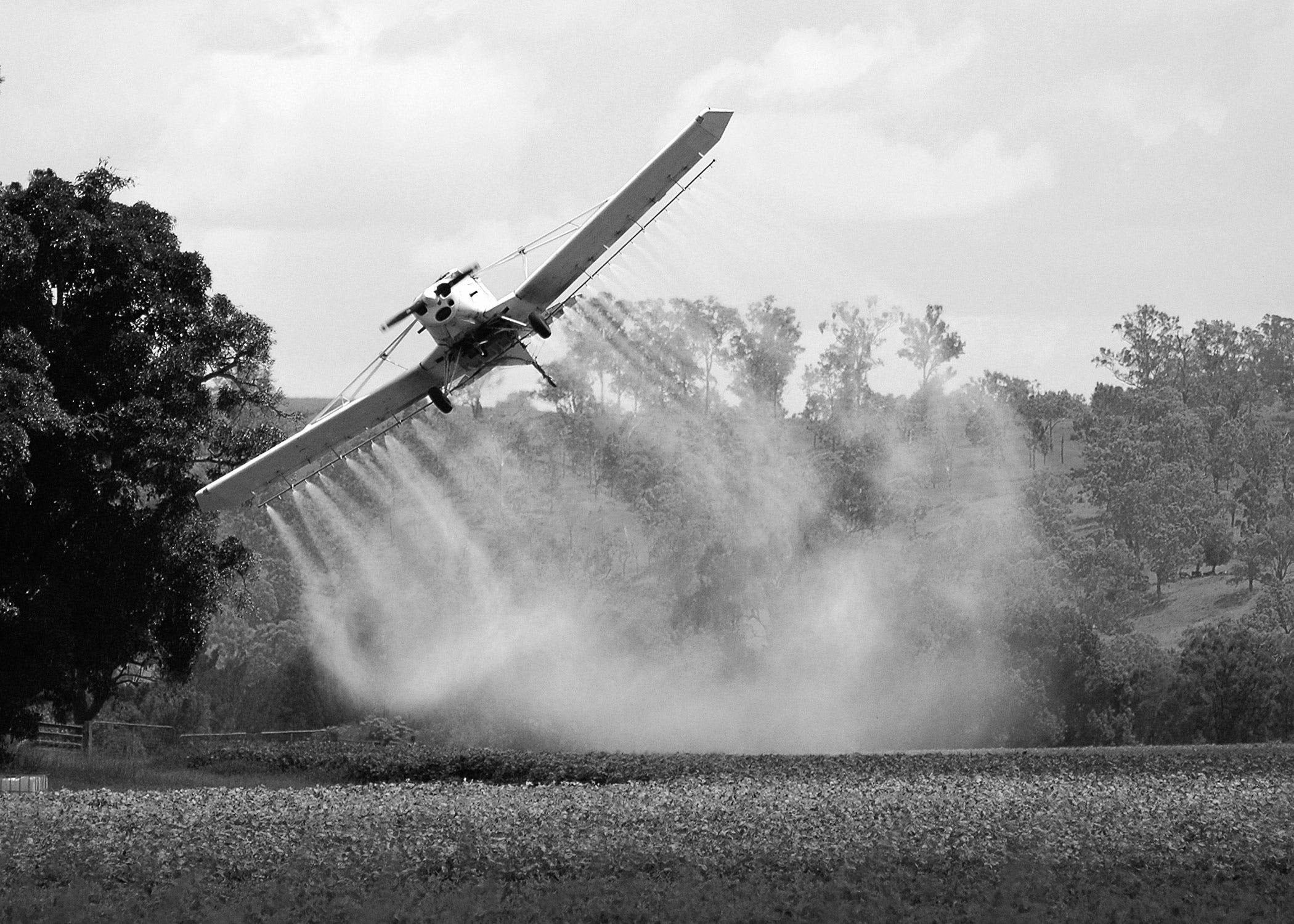
Let’s make a difference, shop smarter look for Organic products from cotton mattresses. Certified organic cotton and certified organic ingredients is what you can trust. If we buy only organic we can empower farmer to grow organic instead of conventional cotton. We can make a difference and our shopping habits, whenever possible is the start! Please join us to protect the planet, our family and friend’s health and well-being, as well as our children’s future.
Food For Thought
- Below is a list of sources where cotton products can be found - it may surprise you
- Although cotton is not a food, cotton seed oil is produced for human consumption
- Cottonseed oil is used to produce vitamin E
- Cottonseed oil is the primary ingredient in Crisco
- Cottonseed meal is fed to animals for dairy and meat production
- Leftover cotton cellulose fibers that are too short to be spun into textiles are used as food additives
- Cellulose from cotton fibers is added to a wide range of foods to thicken and stabilize the products
- Cellulose, which is basically a plastic, has migrated into numerous foods including
- cheese
- cream
- milk powder
- flavored milks
- ice cream
- whey products
- processed fruits
- cooked vegetables
- canned beans
- pre-cooked pastas
- vinegars
- mustard
- soups
- cider
- seasonings
- pre-cooked rice products
The best way to avoid these negative effects of conventional farming is to go organic by looking for products made with Organic Cotton
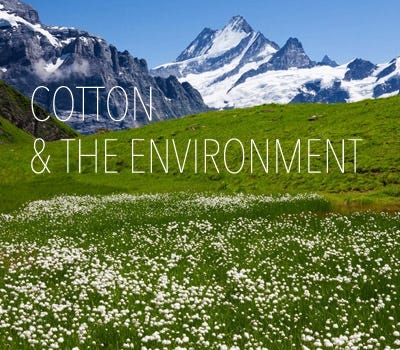
Click here to learn more about How Does Growing Cotton Affect The Environment?
Why Is Organic Cotton Production Important?
Everything You Need To Know About Futons

